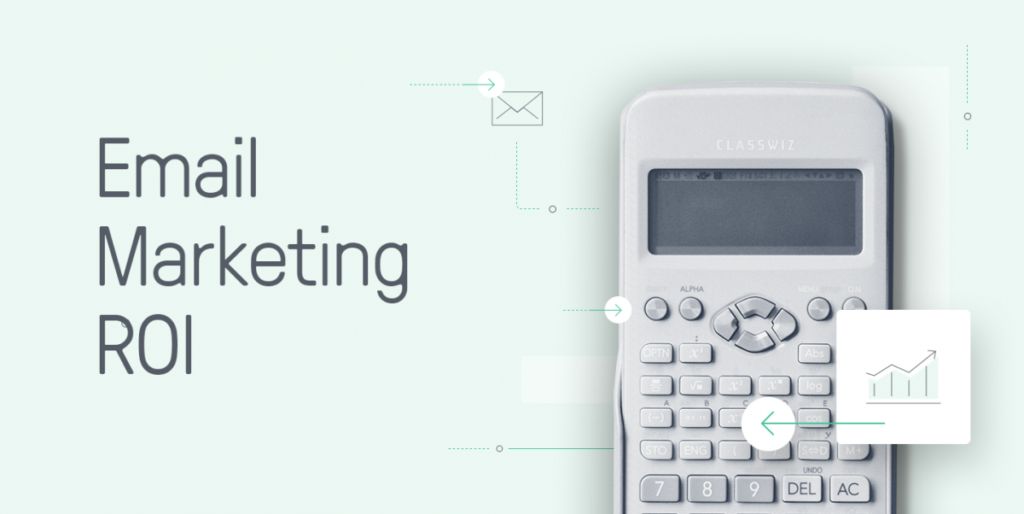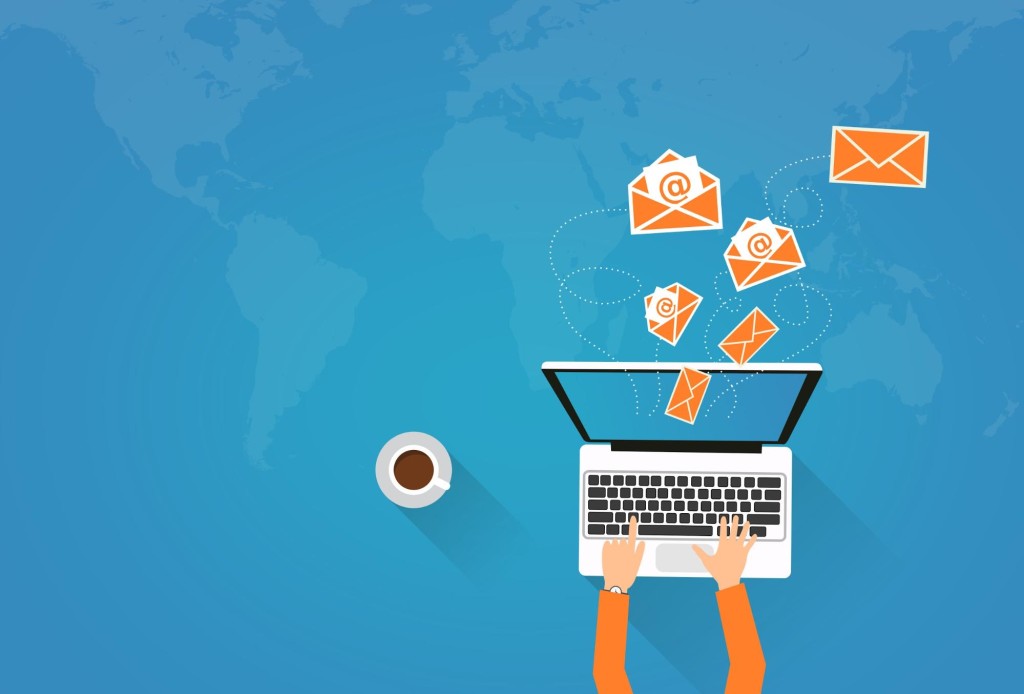
Whether you’re just getting started with email marketing or you’re currently sending out marketing emails on a weekly basis, you already know that emails are one of the most effective methods for increasing sales. Smart marketers, on the other hand, are constantly looking for new ways to establish relationships and increase revenue.
Should you send out weekly newsletters to your readers to keep them engaged? Is it more effective to send dedicated sends (single-purpose emails with a single offer) to optimize your sales and marketing funnel? What do you think about email digests?
These are all reasonable questions that marketers ask themselves while deciding on the best email marketing format to use to achieve their marketing objectives. In this post, we’ll go over the different types of marketing emails you can send.
1. Greetings in the form of emails
In most cases, prospects are unprepared to conduct business when they first contact us. Research has revealed that only 25 percent of leads are immediately sales-ready, with the remaining 50 percent being qualified but not yet ready to buy. As a result, nurturing is essential for moving your leads closer to the purchase stage.
When you add a human touch to your welcome emails and explain your business without slathering on the sales pitch, your open and click-through rates will increase significantly. Introduce a new product or service only after you’ve established a working relationship with your customers. Simply said, you should strive to make a positive first impression — one that demonstrates your industry knowledge and competence — in order to open the door to further interaction.
2. Electronic newsletters
Many businesses and organizations send out email newsletters to keep their names and brands in front of their target audiences. Employee profiles, company passion projects, and pertinent visuals are all showcased in most industrial organizations’ email newsletters, which serve as the core of their email marketing program. Email newsletters are also effective tools for teaching clients and prospects about your company.
Before we get into the nitty-gritty aspects of establishing email newsletters, you’ll need to figure out what you want to accomplish with them. What is it that you wish to accomplish with your e-mail newsletter? You may wish to cultivate your existing contacts in order to become the first brand that comes to mind when someone in your business is in need of a product or service. Alternatively, you can want to encourage sharing in order to attract more individuals to your mailing list. As you identify your goal, consider what metrics you will use to track your progress toward achieving it.
In addition to marketing to prospects, newsletters are excellent for nurturing your existing customers with information on company news and events, new product releases, and feedback requests (among other things). Such on-going communication will assist you in retaining satisfied consumers. And you can gain useful information about them. So, make sure you’re sending your emails and tracking metrics with a marketing CRM.
If your goal is to direct visitors to specific pages, you would need to regularly monitor click-through rates (CTR). A click-through rate (CTR) is a metric that compares the number of times someone has clicked on a link to the number of individuals who have viewed the link.
3. Individualized e-mails
Exclusive emails, also known as dedicated emails, include information on a single offer and are sent out only once. For example, you may inform your target audience about a new whitepaper that you have published. You can even invite them to an event that you are organizing.
Dedicated emails assist you in setting the stage for the introduction of the primary call-to-action. Landing pages and sales pages are comparable in this regard. It is common practice to utilize dedicated sends to reach out to your whole email database. And it is not always the most efficient method of increasing conversions and decreasing unsubscribes.
There are instances in which all of you should notify all your subscribers. In most cases you would want to segment your subscribers depending on their behaviors and interests.








